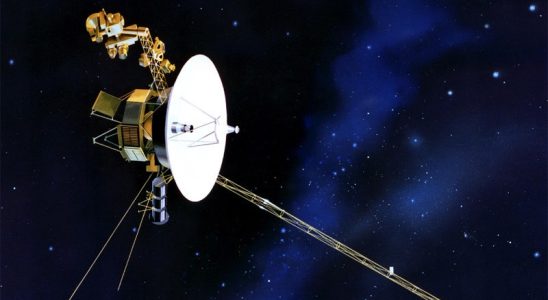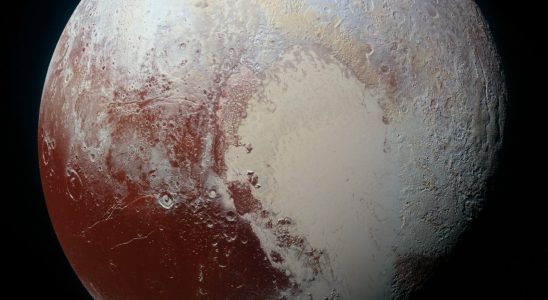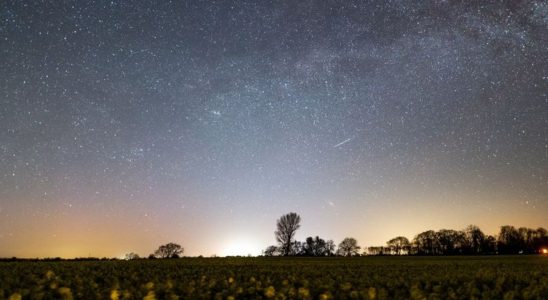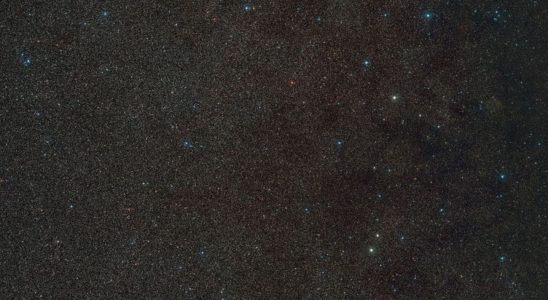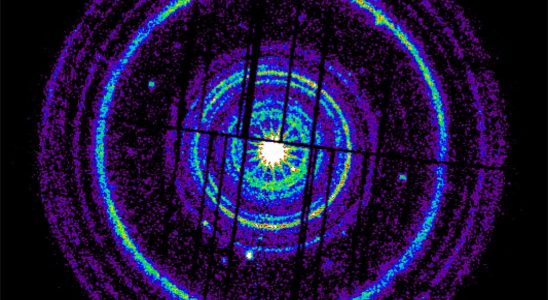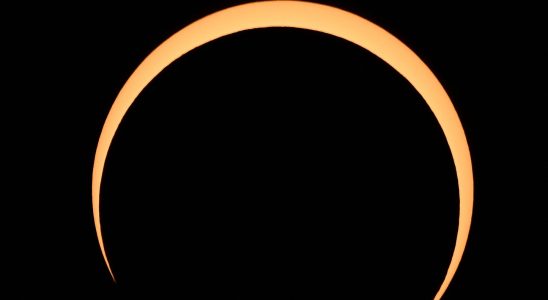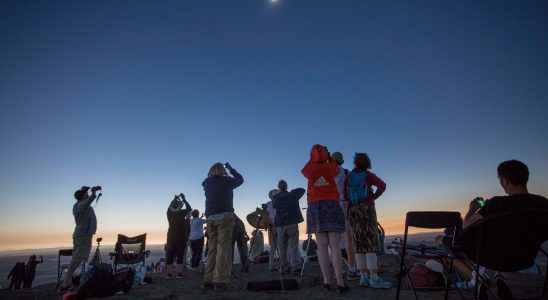Tag: astronomy
After software repair: “Voyager 1” probe reports for duty – knowledge
Beaming faces, clapping of hands, one man even raised both arms – cheers in the control room. Such scenes are familiar from other space missions, for example when a new…
Collision in space: How Pluto got its heart – Knowledge
The huge bright heart on Pluto’s surface is probably the result of a collision with a chunk of ice. This is the result of simulations by an international research group.…
Astronomy: Lyrids in the night sky – chances of shooting stars
astronomy Lyrids in the night sky – chances of shooting stars The starry sky shines over a rapeseed field in Schleswig-Holstein. photo © Daniel Reinhardt/dpa Every year the Earth passes…
Astronomy: Huge black hole discovered in the Milky Way
astronomy Huge black hole discovered in the Milky Way The handout shows a wide-angle view of the surroundings of “Gaia BH3”, the most massive stellar black hole in our galaxy.…
Success of SLIM – Japan’s masterful moon landing – Deutschlandfunk
Success of SLIM – Japan’s masterful moon landing Deutschlandfunk source site
How the brightest gamma-ray burst ever measured was formed – knowledge
On October 9, 2022, the detectors of several space telescopes registered a huge shower of high-energy gamma rays from the distant cosmos – it was the brightest gamma ray flash…
Astronomy: Millions of people see total solar eclipse
astronomy Millions of people see total solar eclipse A total solar eclipse occurs when the moon passes between the sun and the earth, completely blocking the sun. Millions of people…
Can’t see the total solar eclipse from home? Twitch and NASA offer a live
This Monday evening, a total solar eclipse will appear in the sky, just above the United States. But while the event happens every 18 months or so, not everyone will…
“A suspended moment”… Who are these astronomical tourists of the day of the black sun?
A state of emergency is declared this Monday, April 8 in the Canadian state of Ontario. The reason ? An alignment of planets (and a star) and an estimated influx…
Friday: Google search with AI for a fee, virtual ban on warnings
Users of the Google search, which has always been free, will soon have to pay for it due to the use of artificial intelligence. That would be the company’s plan.…

